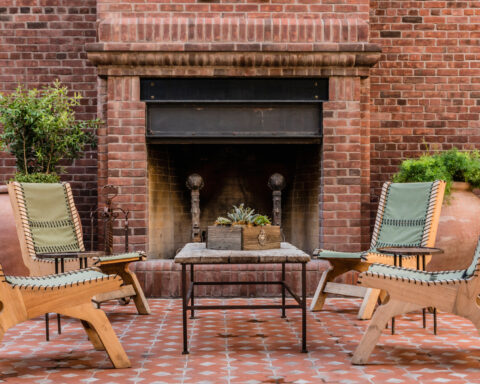What is Tablescaping?
The literal meaning of the word ‘tablescaping’ is to decorate a table. However, tablescaping is actually something much more than mere decoration. It’s about creating a thematic experience through decoration and ornamentation – an art that’s quite tricky to master. However, there are specific tips that you can learn that’ll help you tackle all the tricky situations that you’ll encounter. Read on to know them all.
1. Take the table’s shape and size into consideration
While you may have a grand theme in mind, you’ll have first to figure out whether or not it suits the table based on its size and shape. For example, if you’re working with a round table, you’d be better off picking a low centrepiece instead of a linear one.
2. Consider the type of event you’re tablescaping for
The design elements that are suitable for a formal event won’t exactly go well with an informal event. For instance, a bright colour palette works for an informal gathering, but if it’s something formal, you might want a subtle-shaded tablecloth.
3. Keep the food in mind when tablescaping
The table isn’t just meant to catch the eye – it’s the place where everyone will gather for all the food and drinks. That’s why you’ve got to imagine how the table will look when the food arrives with everyone’s plates, bowls, and glasses ready. Simply put, none of the design elements should get in the way of the servers or the eaters.
4. Finish your tablescaping in advance
Your idea should be more or less realized at least two days ahead of the event. This will give you time to make minor adjustments if you feel like some tweaks are necessary. Otherwise, you’ll have to make last-minute changes6. With all the guests around, which wouldn’t make a great impression on them.
5. Layer tablecloths for round tables
Single tablecloths work well for rectangular tables. However, when you’re working with a round table, it’s best to layer the tablecloths. A round tablecloth as the base and a square topper on top would work well for round tables.
6. Let there be a contrast between the tablecloth and the table runner
The table runner and tablecloth should feature contrasting colours, as their contrast will add a different dimension to your tablescape’s overall look and feel. For example, if you’ve gone for a bold-patterned tablecloth, stick to a solid-coloured table runner.
7. Rely on visual layering
You can achieve a lot of visual layering by mixing and matching dishes from diverse sets. You can also do a lot of quality layering by combining different flowers for a unique look.
Ultimately, the look and feel of your tablescape are down to your creative ideas and experimentation. However, these tips are sure to help you tablescape better in the future.




